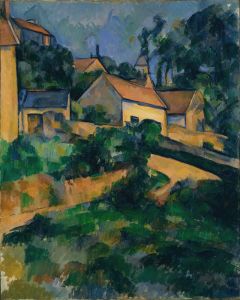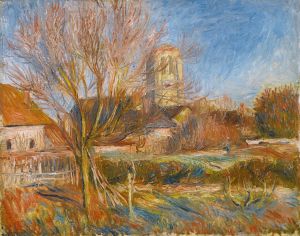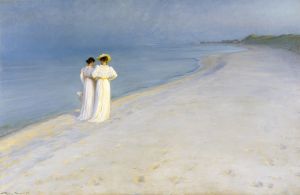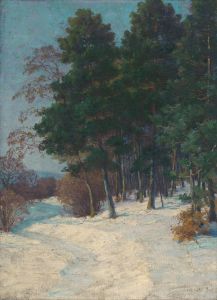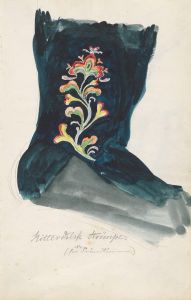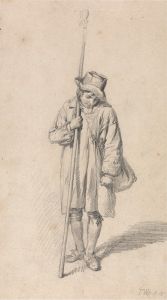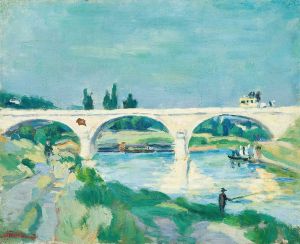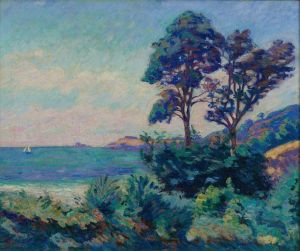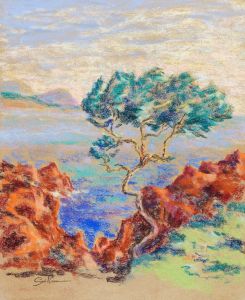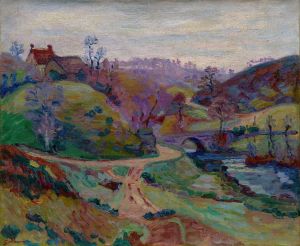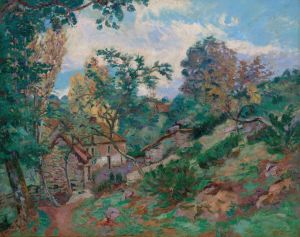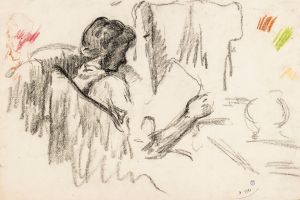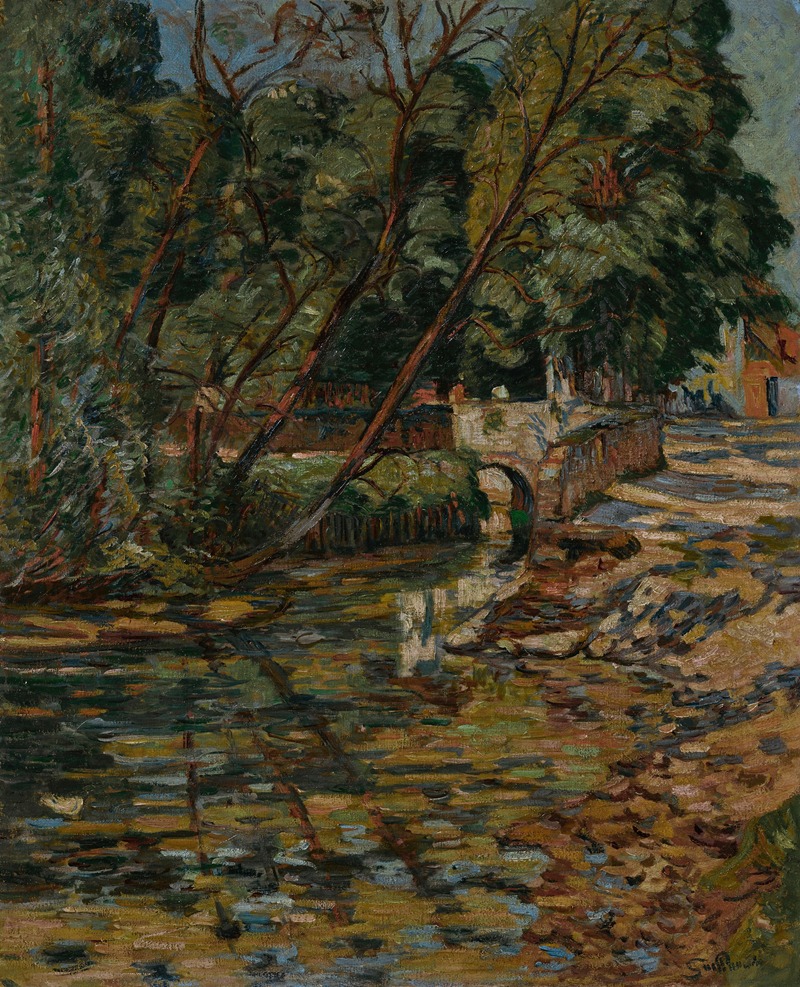
Abreuvoir à Epinay-Le-Breuil
A hand-painted replica of Armand Guillaumin’s masterpiece Abreuvoir à Epinay-Le-Breuil, meticulously crafted by professional artists to capture the true essence of the original. Each piece is created with museum-quality canvas and rare mineral pigments, carefully painted by experienced artists with delicate brushstrokes and rich, layered colors to perfectly recreate the texture of the original artwork. Unlike machine-printed reproductions, this hand-painted version brings the painting to life, infused with the artist’s emotions and skill in every stroke. Whether for personal collection or home decoration, it instantly elevates the artistic atmosphere of any space.
Armand Guillaumin was a French impressionist painter known for his vibrant use of color and his depictions of landscapes and urban scenes. Born on February 16, 1841, in Paris, Guillaumin was a contemporary of notable artists such as Camille Pissarro and Paul Cézanne, and he participated in the first Impressionist exhibition in 1874. His work is characterized by its bold color palette and dynamic brushwork, which capture the essence of the landscapes he painted.
One of Guillaumin's notable works is "Abreuvoir à Epinay-Le-Breuil," which translates to "Watering Place at Epinay-Le-Breuil." This painting exemplifies Guillaumin's skill in capturing the natural beauty of rural France. Epinay-Le-Breuil is a small commune in the northern part of France, and Guillaumin's choice of this location reflects his interest in depicting the serene and picturesque aspects of the French countryside.
In "Abreuvoir à Epinay-Le-Breuil," Guillaumin employs his signature style of vibrant colors and expressive brushstrokes. The painting likely depicts a rural scene with a watering place, a common feature in many small French villages where animals would be brought to drink. Guillaumin's use of color is particularly noteworthy; he often used bright, contrasting hues to convey the effects of light and shadow, bringing a sense of vitality and movement to his landscapes.
Guillaumin's work was influenced by his interactions with other Impressionist painters. He was friends with Vincent van Gogh, and their correspondence reveals a mutual respect and admiration for each other's work. Guillaumin's approach to color and light was also influenced by his association with the Impressionist movement, which sought to capture the fleeting effects of light and atmosphere in their paintings.
Throughout his career, Guillaumin remained committed to the ideals of Impressionism, even as the art world evolved and new movements emerged. His dedication to capturing the natural world in all its beauty and complexity is evident in works like "Abreuvoir à Epinay-Le-Breuil." This painting, like many of his others, reflects his ability to convey the tranquility and charm of rural life through his masterful use of color and composition.
Guillaumin's contributions to the Impressionist movement were significant, though he did not achieve the same level of fame as some of his contemporaries during his lifetime. However, his work has gained recognition and appreciation in the years since his death on June 26, 1927. Today, Guillaumin's paintings are held in various public and private collections, and they continue to be celebrated for their vibrant color and emotive portrayal of the French landscape.
In summary, "Abreuvoir à Epinay-Le-Breuil" by Armand Guillaumin is a testament to the artist's skill in capturing the essence of rural France through his use of color and light. The painting reflects Guillaumin's commitment to the Impressionist movement and his ability to convey the beauty of the natural world in his art.





